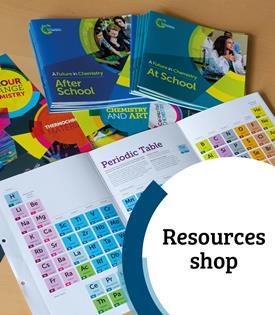All RSC Education articles in November 2008
-
 News
NewsRocky water source
Scientists in the Netherlands are working to release trillions of litres of clean water from gypsum found in the desert
-
 Feature
FeatureSupercritical processing
Chemists at the University of Nottingham use supercritical fluids to process polymers for drug delivery systems and for tissue engineering.
-
 Feature
FeatureMagnetic resonance imaging (MRI) in medicine
Magnetic resonance imaging (MRI) is an invaluable tool in diagnostic medicine.
-
 Review
ReviewSpectra, ICT materials and molecules with silly names
Tony Tooth looks at some websites that may be of interest to chemistry teachers
-
 News
NewsMopping up heavy metals
Chinese chemists develop magnetic 'nanomould' particles to clean up toxic chromium compounds from industrial waste water
-

-
 News
NewsInspiring the gifted and talented
How do we encourage the best chemistry students in schools and colleges to go on to study chemistry at university and become the next generation of chemistry teachers?
-
 Opinion
OpinionWhen particles floc together
Peter Childs, University of Limerick, investigates words in chemistry.
-
 Maths
MathsRearranging equations
Tips for teaching maths skills to our future chemists, by Paul Yates of Keele University
-

-

-
 Feature
FeatureRadioactivity discovered
Centenary celebrations for the founding fathers of radioactivity - Henri Becquerel and Ernest Rutherford.
-
 News
NewsThe science diploma update
The content of the Science Diploma, which will be available at three levels, is beginning to take shape.
-

-

-
 News
NewsCommunicating with logical chemistry
Italian chemists build a simple glowing molecule that promises to speed up data transmission
-
 News
NewsEuropean chemistry education database
SusChem launches online database of European education activities in sustainable chemistry
-
 News
NewsChemistry's grand challenges
UK chemists identify main areas for research funding for the next 20-40 years.
-
 News
NewsCFOF rolls out to Wales
Chemistry for our future (CFOF) awarded £183k over the next two years for outreach projects in Wales
-
 News
NewsCarbon unfurled
US scientists use scanning tunnelling microscopy to reveal the electronic properties of graphene











